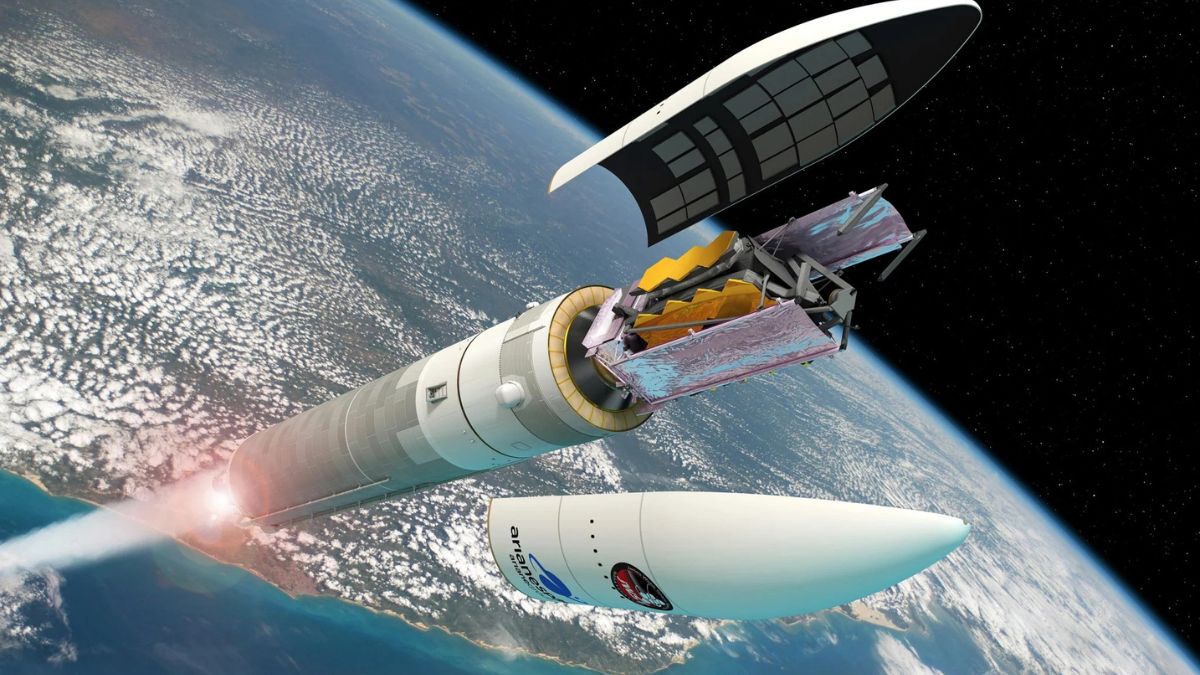The James Webb Space Telescope (JWST) has opened a new chapter in astronomy, taking us deeper into the cosmos than ever imagined. With its cutting-edge technology and advanced infrared capabilities, Webb is revolutionizing our understanding of the universe. This blog will explore some of Webb’s most groundbreaking detections to date, shedding light on how they are helping us uncover the mysteries of space.
From glimpses of the universe’s earliest galaxies to decoding exoplanet atmospheres, Webb’s discoveries are nothing short of awe-inspiring. Read on to learn about the science behind these breakthroughs and how they are reshaping what we thought we knew about the cosmos.
Pioneering a New Era in Astronomy
The Webb Telescope, often referred to as Hubble’s successor, was launched on December 25, 2021. Unlike the Hubble Space Telescope, which operates primarily in visible and ultraviolet light, Webb excels in capturing infrared light. This capability allows it to peer through cosmic dust and observe objects billions of light-years away with remarkable clarity.
But what makes Webb truly revolutionary? Its 6.5-meter gold-coated mirror, precision instruments, and ability to operate at extremely cold temperatures enable it to detect the faintest signals from the farthest corners of the universe. Since becoming operational in mid-2022, the telescope has delivered groundbreaking data that is redefining science.
Why Infrared Matters
Webb’s infrared vision is critical for exploring the distant universe. Due to the expansion of space, light from ancient galaxies becomes “redshifted,” moving into the infrared spectrum. This means that Webb can observe galaxies that formed shortly after the Big Bang, something previously impossible with other telescopes.
Additionally, infrared light penetrates dense clouds of gas and dust, revealing star-forming regions and planetary systems that were previously obscured.
Early Discoveries by the Webb Telescope
Webb hasn’t just impressed—it has overwhelmed scientists with the depth and detail of its findings. Here are some of the most significant discoveries the telescope has made so far:
1. The Oldest Known Galaxies
One of Webb’s most mesmerizing feats is its ability to detect the universe’s first galaxies. Only days after becoming operational, the telescope captured data pointing to galaxies that existed more than 13.5 billion years ago, just a few hundred million years after the Big Bang.
For example, the galaxy cluster SMACS 0723—dubbed Webb’s First Deep Field—revealed dozens of tiny, red-shifted galaxies at breathtaking distances. These observations highlight the formative years of our universe and are helping researchers understand the processes that shaped cosmic structure.
2. Exoplanet Atmospheres Decoded
For the first time, Webb has provided detailed data on the atmospheric composition of distant planets orbiting stars outside our solar system. By using its spectroscopic instruments, the telescope identified the chemical makeup of WASP-96 b, a gas giant exoplanet 1,150 light-years away.
The analysis revealed the presence of water vapor, clouds, and haze in its atmosphere. This is a giant leap forward in the search for potentially habitable worlds and understanding the diverse environments of exoplanets.
3. Stunning Star Formation Regions
Webb’s infrared prowess uncovered breathtaking images of stellar nurseries, where stars are born. One standout observation is the Carina Nebula, a chaotic region filled with towering pillars of gas and dust. The telescope exposed intricate details of young, hot stars carving out space within the nebula, providing an in-depth look at star-formation processes.
Similarly, Webb’s images of the Tarantula Nebula offer an unparalleled glimpse into a massive star-forming region, with stars so bright they influence the nebula’s very shape.
4. Insights Into Black Holes
Another Webb triumph is its ability to study supermassive black holes, the enigmatic objects at the centers of galaxies. Webb detected a black hole in NGC 7319, part of the Stephan’s Quintet galaxy cluster, feeding on surrounding matter.
What makes this discovery exciting is the unprecedented detail captured about how black holes interact with their host galaxies. These data help unravel the mysteries of black hole growth and their role in shaping galaxies.
5. Defining the Cosmic Web
Webb has also provided insight into the interconnected structure of the universe, known as the cosmic web. This large-scale structure is composed of filaments of dark matter, galaxies, and gas. By observing light from distant galaxies and gas clouds, Webb has offered clues about how this web formed and evolved over billions of years.
The Implications of Webb’s Discoveries
These observations provide more than stunning visuals; they unlock answers to questions that have puzzled scientists for decades. Here are some significant implications:
- Understanding Cosmic Origins:
Webb is painting a clearer picture of how galaxies formed and evolved shortly after the Big Bang. This new understanding challenges existing models of cosmic evolution.
- Clues to Life Beyond Earth:
The telescope’s ability to analyze exoplanet atmospheres is a monumental step in the search for life beyond our solar system. By identifying water and other organic molecules, Webb is laying the groundwork for future habitability studies.
- Black Holes and Galaxy Evolution:
Webb’s black hole findings are key to solving the mystery of how supermassive black holes grow so quickly and interact with their host galaxies.
What’s Next for the James Webb Space Telescope?
While Webb has already made incredible strides, its mission is far from over. Some of the next frontiers include:
- Observing the first star clusters that emerged after the Big Bang.
- Studying atmospheres of rocky, Earth-like exoplanets for signs of habitability.
- Exploring the chemistry of icy moons and asteroids within our solar system.
Each new discovery from Webb not only broadens our understanding of the cosmos but also demonstrates the incredible potential of human ingenuity and science.
Why Webb Matters to Us All
The James Webb Space Telescope isn’t just a tool for astronomers—it’s a window that allows all of humanity to look back in time and reflect on our place in the universe. Its discoveries inspire curiosity, innovation, and a shared sense of wonder that transcends borders and disciplines.
Whether you’re an astronomy enthusiast, a student, or a casual stargazer, the telescope’s findings have something to captivate everyone. The ability to witness the birth of stars, galaxies, and potentially habitable worlds is a testament to what we can achieve when we dare to dream big.
FAQs
What is the primary purpose of a telescope?
A telescope is designed to collect and magnify light from distant celestial objects, allowing us to observe stars, planets, galaxies, and other phenomena in the universe.
How do telescopes work?
Telescopes utilize lenses or mirrors to gather and focus light, making distant objects appear closer and more detailed. They may be refracting (using lenses) or reflecting (using mirrors).
Can telescopes see back in time?
Yes, in a way. The light from distant stars and galaxies takes time to reach us, meaning when we observe them, we are essentially seeing them as they were in the past.
What types of telescopes are there?
There are several types of telescopes, including optical telescopes (refracting and reflecting), radio telescopes, and space telescopes. Each serves a specific purpose for observing different wavelengths of electromagnetic radiation.
Do I need a telescope to stargaze?
Not necessarily. While telescopes provide a closer look at celestial objects, you can start stargazing with the naked eye or a pair of binoculars to observe the night sky and its wonders.











